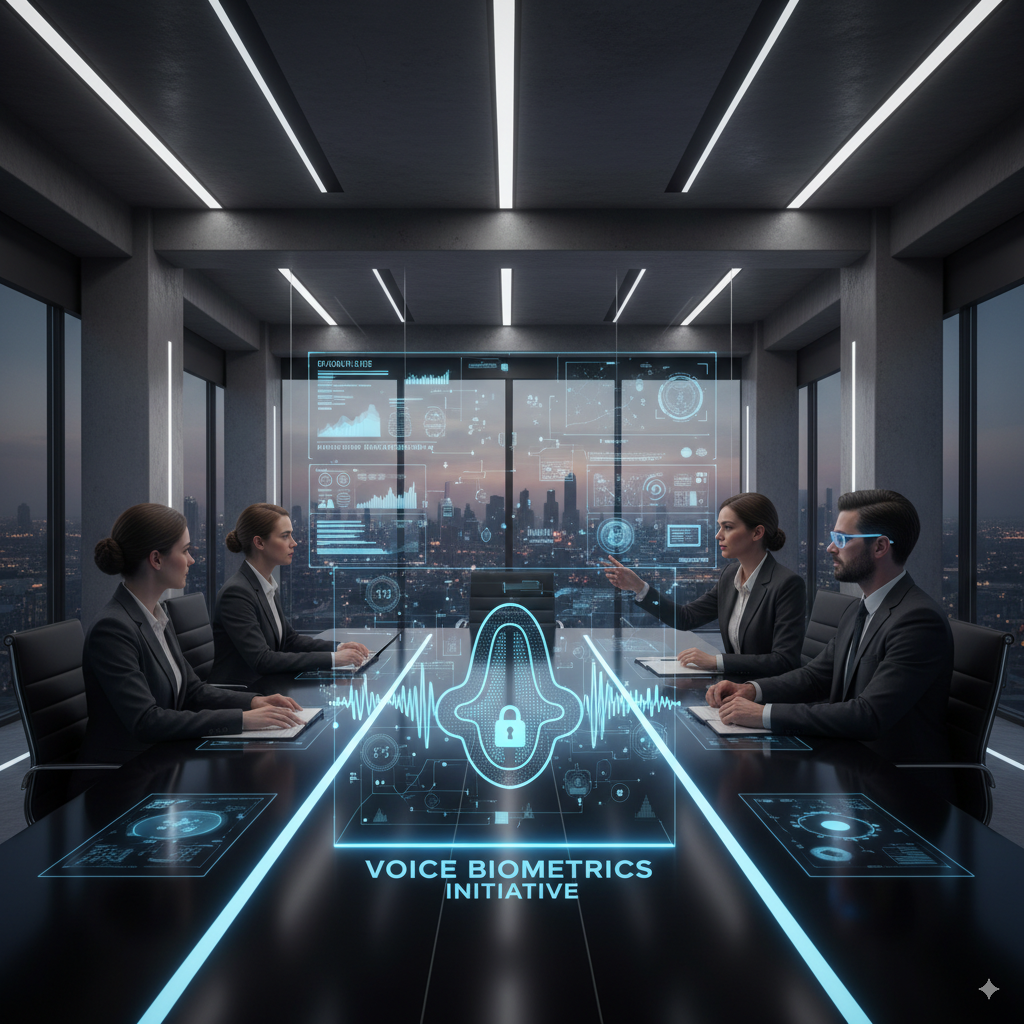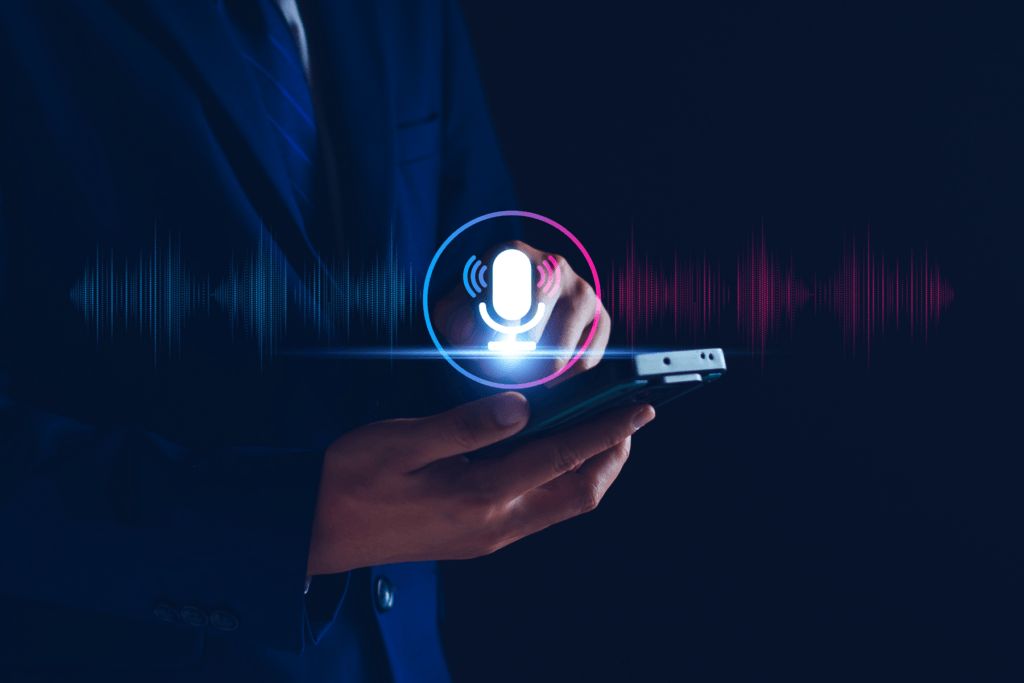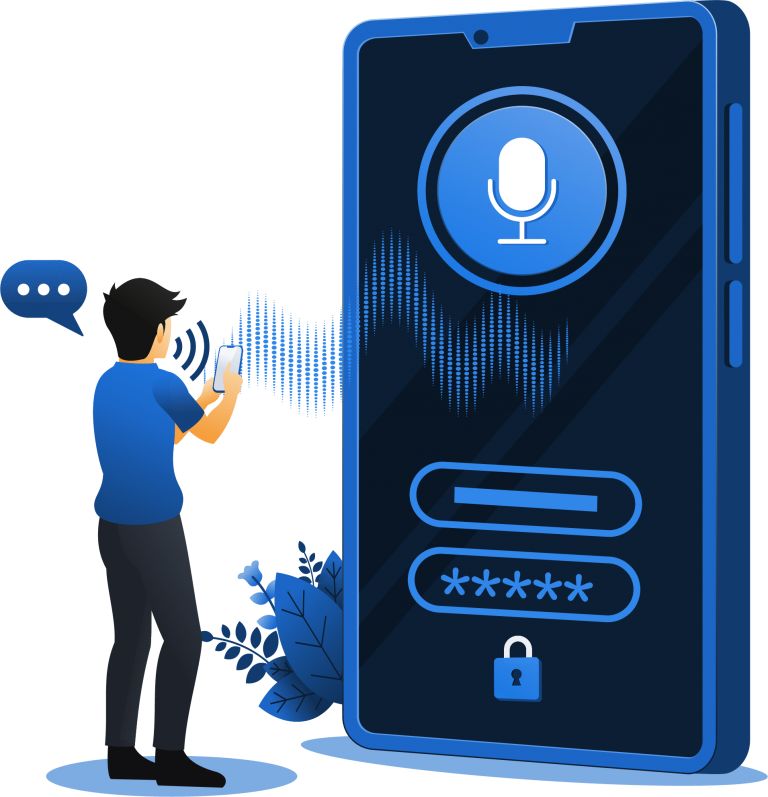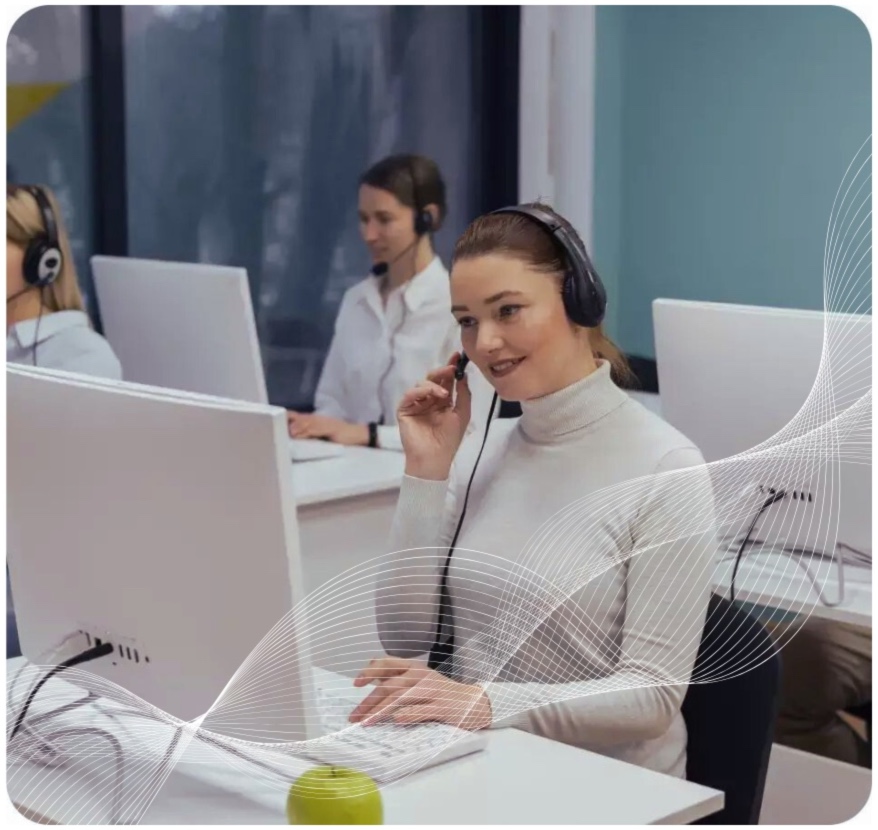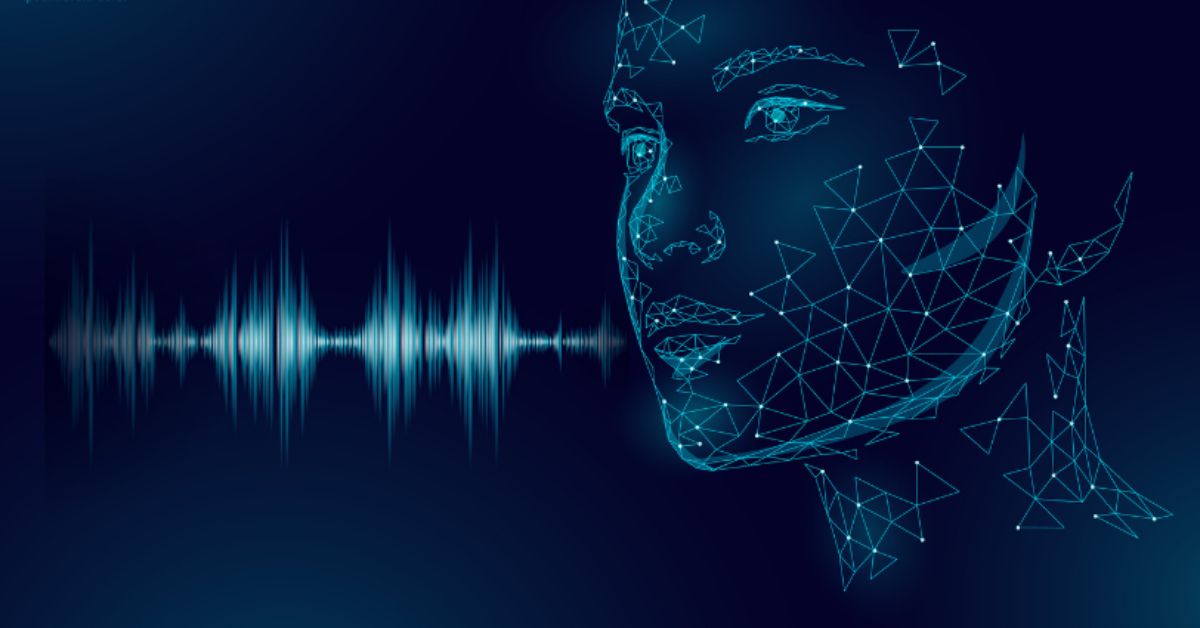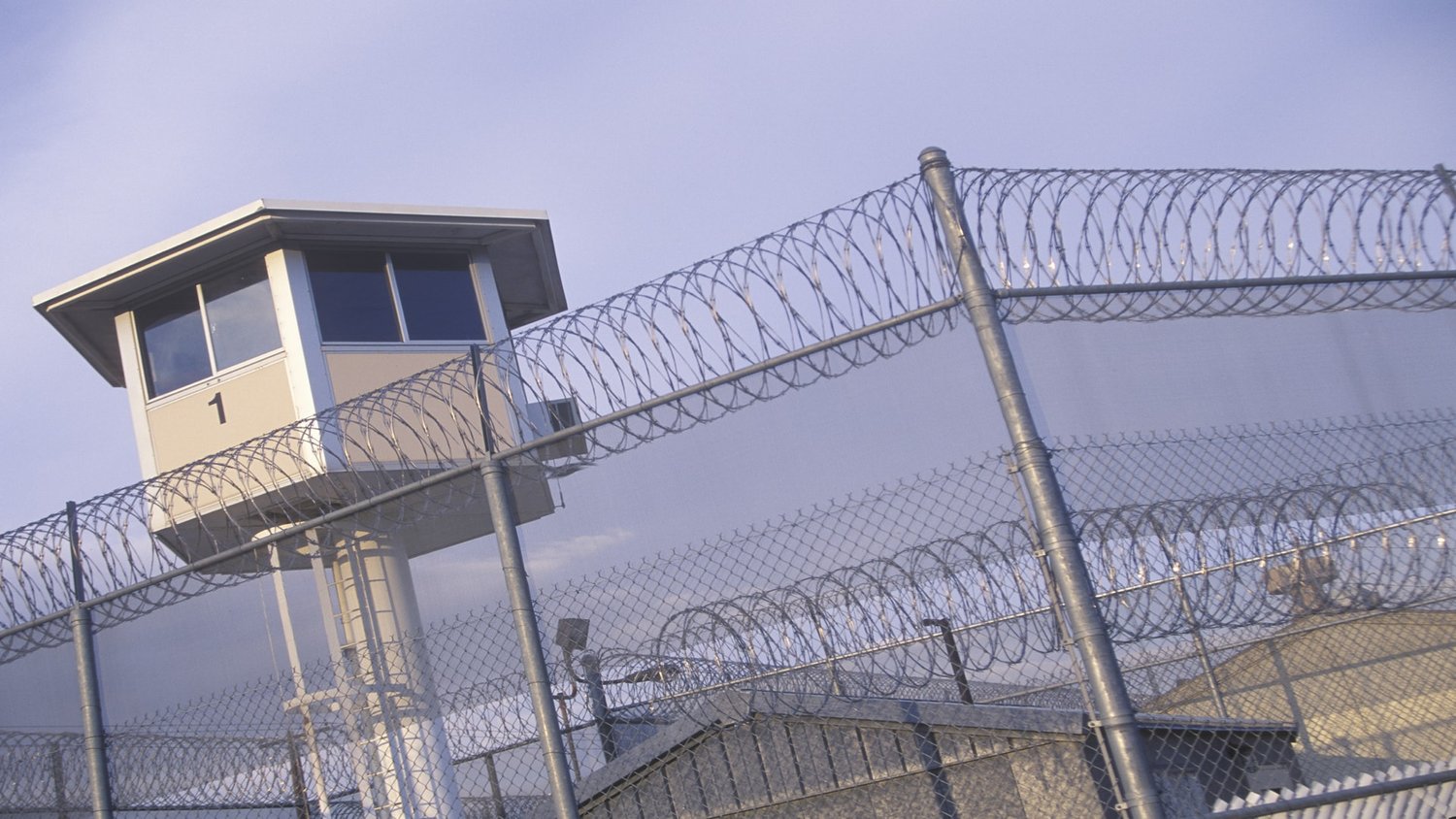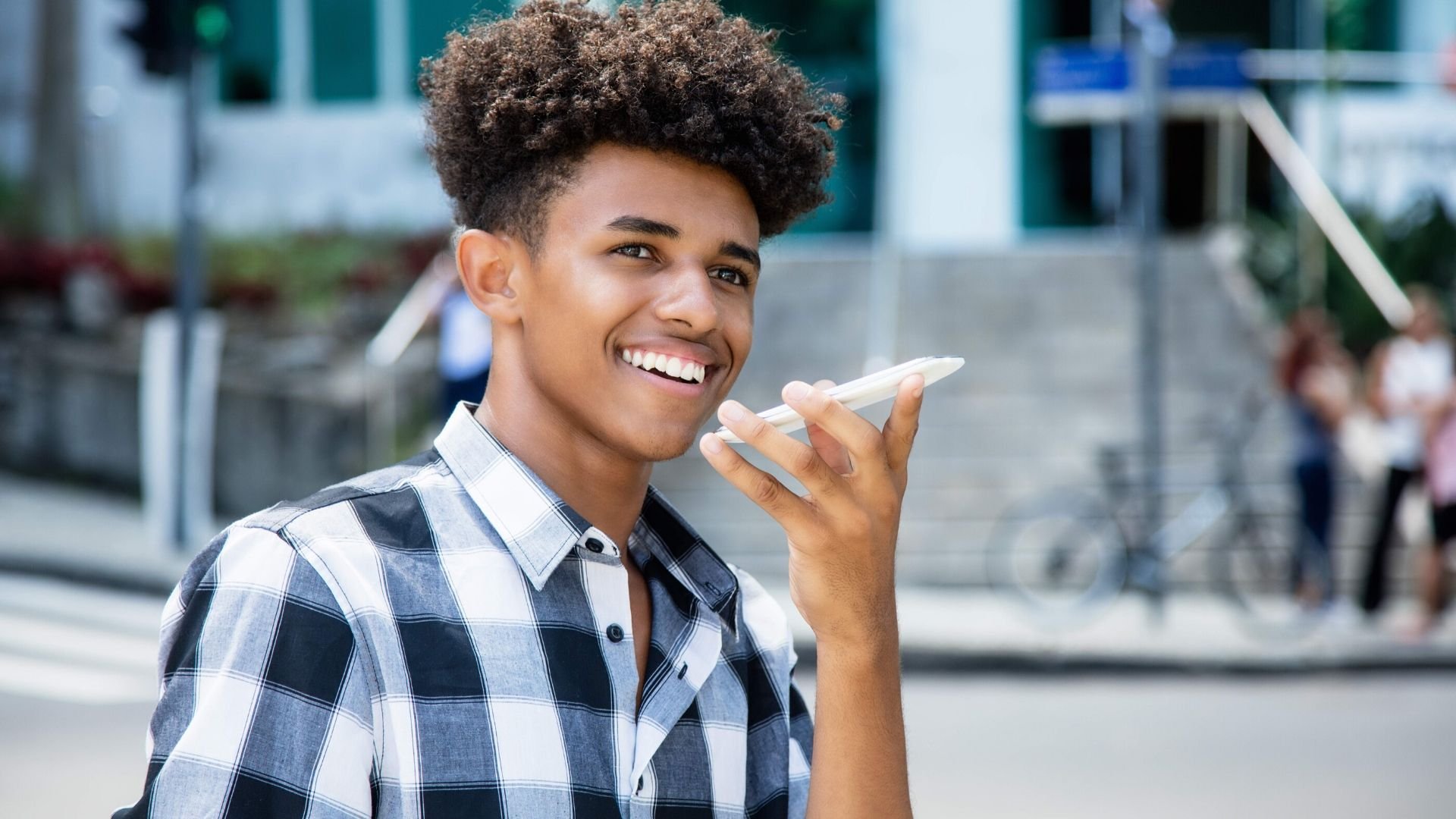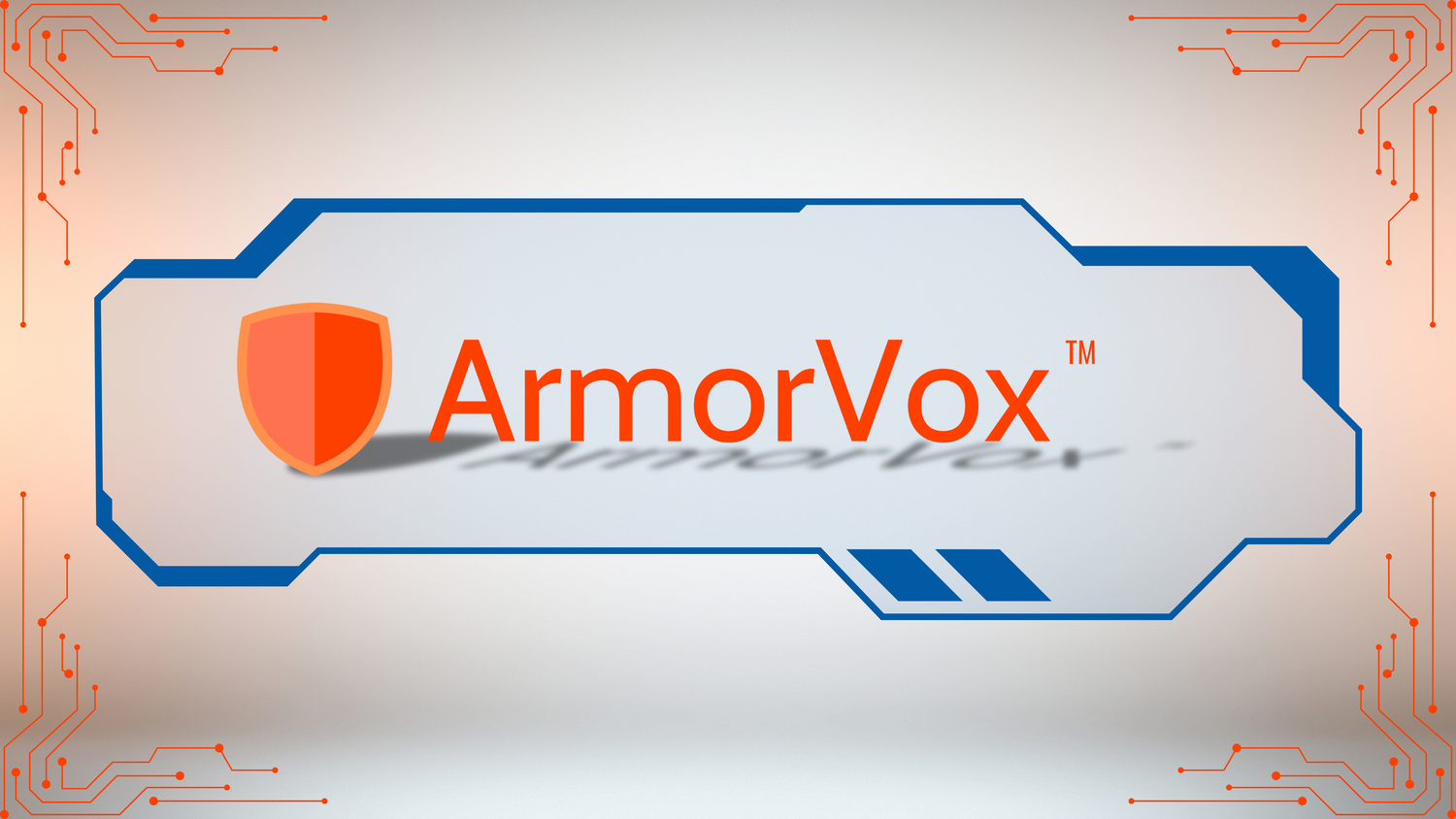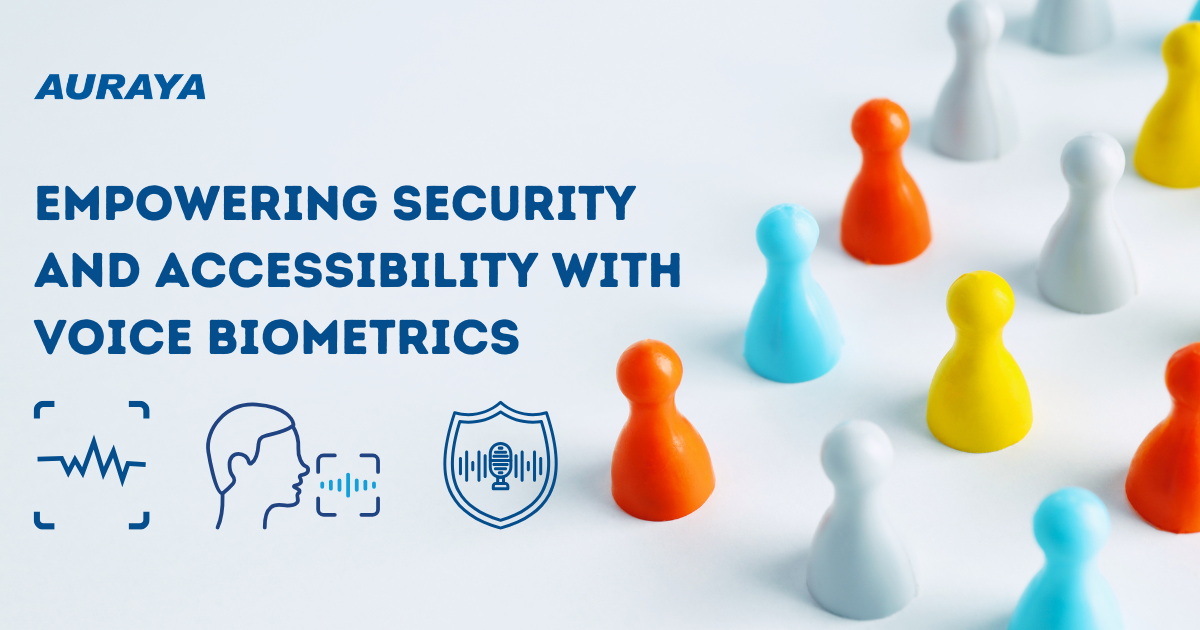Using voice biometrics to identify or verify someone provides a seamless and delightful customer experience. Voice biometrics replace traditional and outdated security methods such as PINs, passwords and answers to security questions, offering a more secure and friction-free method to verify identity in telephone calls and digital transactions.
With EVA, Auraya’s voice biometric extension for Amazon Connect, organizations can take advantage of both active and passive verifications. EVA allows companies to take advantage of text-dependent, text-independent, text-prompted or digit-independent voiceprints to provide active and passive verification processes in all channels. Both provide delightful user experience and performance benefits, so it’s important to have both options available to ensure your voice biometric solution provides the best outcomes for customers and organizations in all scenarios.
Active verification is when a speaker is asked to say a specific phrase or simply say their account number or phone number to be verified. This type of verification allows a customer to be verified by a self-service bot so they can take advantage of self-service options that are appropriate for customers whose identity has been verified. This method also allows customers to be verified in digital channels or when using chatbot or a mobile application or when they are using a web browser to complete a secure transaction.
Passive verification involves listening to the speaker’s voice whilst they are talking with an agent or a voicebot. This process normally requires a longer period of speech to achieve a high-security verification score. Passive verification means a caller doesn’t need to remember their account number or phone number which is a benefit for some customers. Some customers may have some security concerns if they think the call center agent hasn’t asked for any proof of identity and just completes their transaction without consideration to the security of the account holder.
Both passive and active voiceprints can be enrolled from agent conversations or historical call records if appropriate compression settings on the recordings are maintained. Some jurisdictions also require specific alerts to request permission to use the recordings for voice verification purposes.
Active verification requires less speech and it usually only takes 2-3 seconds of speech for high-security verification. Passive verification can be advantageous as it allows users to be verified whilst in conversation with an agent. Passive verification is also useful for fraud detection purposes as it allows companies to continually monitor conversations in real-time to ensure that the person they are interacting with is still the authenticated speaker.
Both active and passive voice verification provide different benefits depending on the use case. The ability to use both active and passive ensures that organizations and their consumers will get the best outcome from a voice biometric solution.


